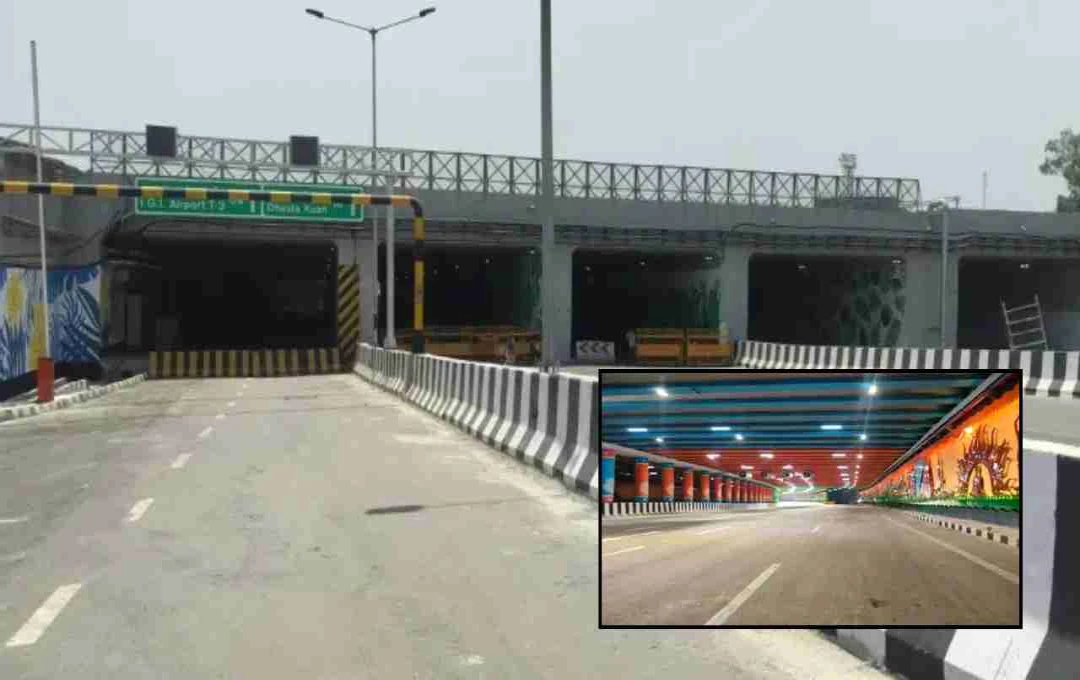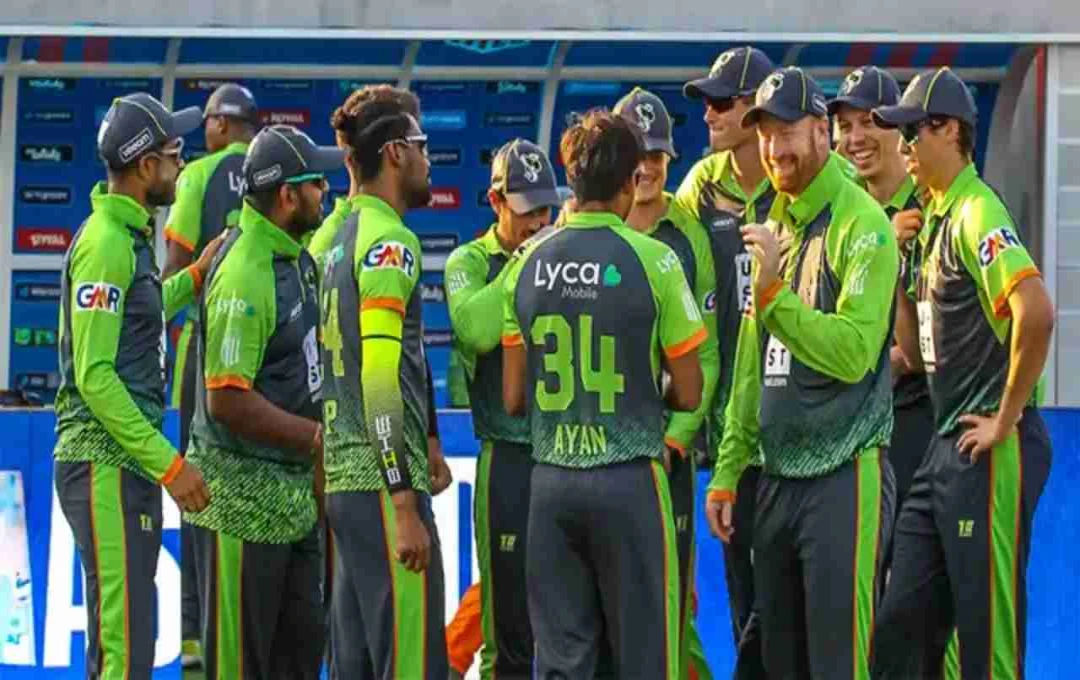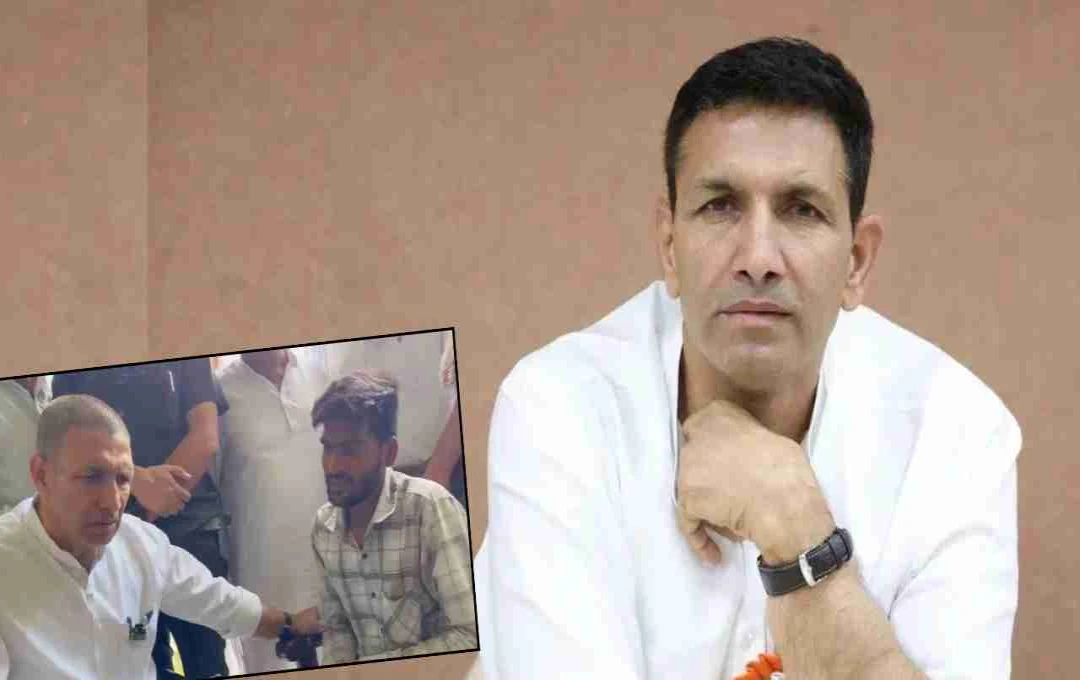Good news for Delhi-NCR residents! Travel time and hassles to Indira Gandhi International Airport (IGI Airport) have been significantly reduced.
Delhi-NCR commuters have received welcome news. Reaching Indira Gandhi International Airport (IGI Airport) is now not only easier but also free from traffic congestion. Both state-of-the-art tunnels on the Dwarka Expressway have been opened 24/7, reducing travel time from Manesar, Gurugram, and other areas to Delhi Airport to just 35 minutes.
Previously, this journey took up to two hours, often plagued by traffic jams. This improvement is especially beneficial for time-conscious travelers needing to catch flights.
A Permanent Solution to Traffic Problems
The Delhi-Jaipur Highway, particularly towards Gurugram, experiences severe daily traffic congestion. Approximately five lakh vehicles traverse this route daily. The most significant bottlenecks are at the Sarhaul border and Rajokri flyover, where a 24-lane road narrows to just four lanes upon entering Delhi, creating massive traffic jams.
The opening of both Dwarka Expressway tunnels significantly alleviates this congestion. It's also expected to reduce traffic pressure on busy areas like NH-48 and Mahipalpur.
Tunnel Length and Features
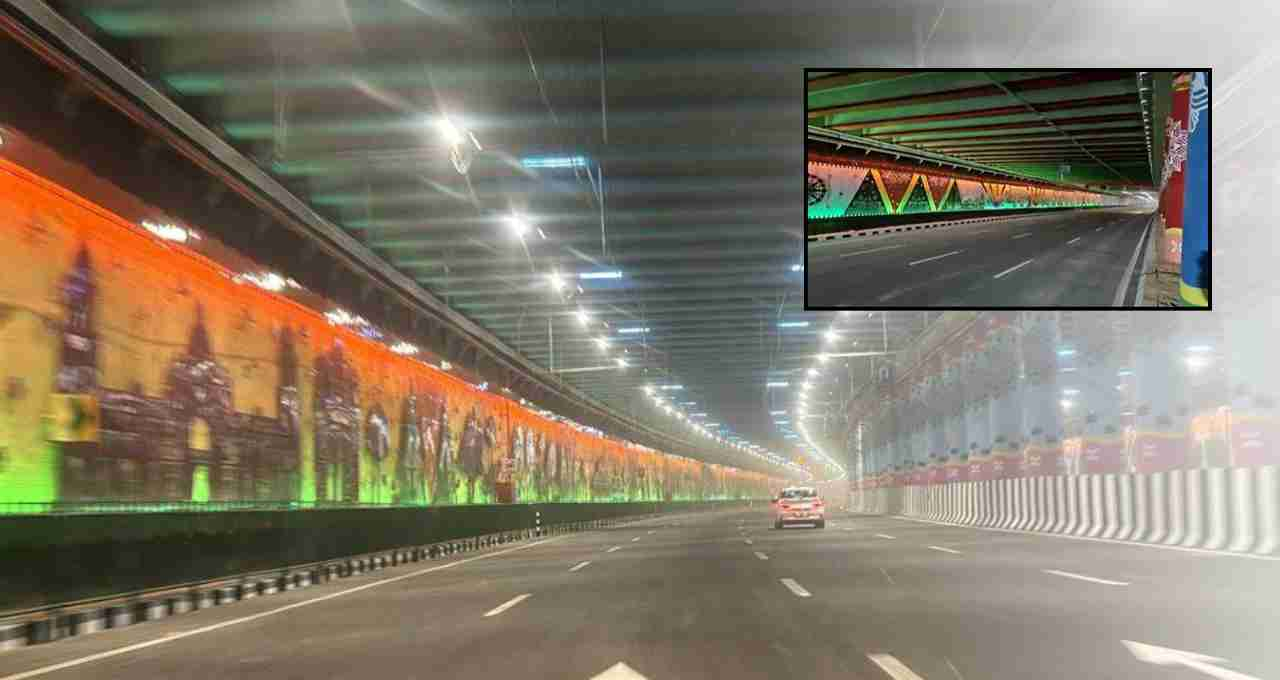
This new infrastructure comprises two main tunnels:
- The first tunnel is 3.25 kilometers long, leading to the Yash Bhumi Convention Centre in Dwarka.
- The second tunnel is 2.25 kilometers long, directly connecting to Terminal 3 (T3).
Vehicles up to 4.5 meters in height are permitted. Both tunnels feature advanced safety and monitoring systems, including:
- 24-hour CCTV surveillance
- A control room
- Emergency exits
- Ventilation and fire suppression systems
- A special catch drain system to manage monsoon rains
The catch drain system is designed to prevent water ingress during heavy rainfall. However, its true effectiveness will be tested during the monsoon season.
Enhanced Connectivity for Delhi-NCR
These tunnels improve connectivity not only to IGI Airport but also between Delhi, Gurugram, Manesar, Dwarka, Vasant Kunj, Faridabad, and Noida. Furthermore, it will expedite the transport of goods and passengers to other major cities in North India, such as Panipat, Sonipat, and Chandigarh.
The faster, smoother access from industrial areas like Manesar and Gurugram will particularly benefit exporters, corporate travelers, and businesses. This connectivity will propel Delhi-NCR towards an integrated transport network.
Relief for Passengers and Transporters
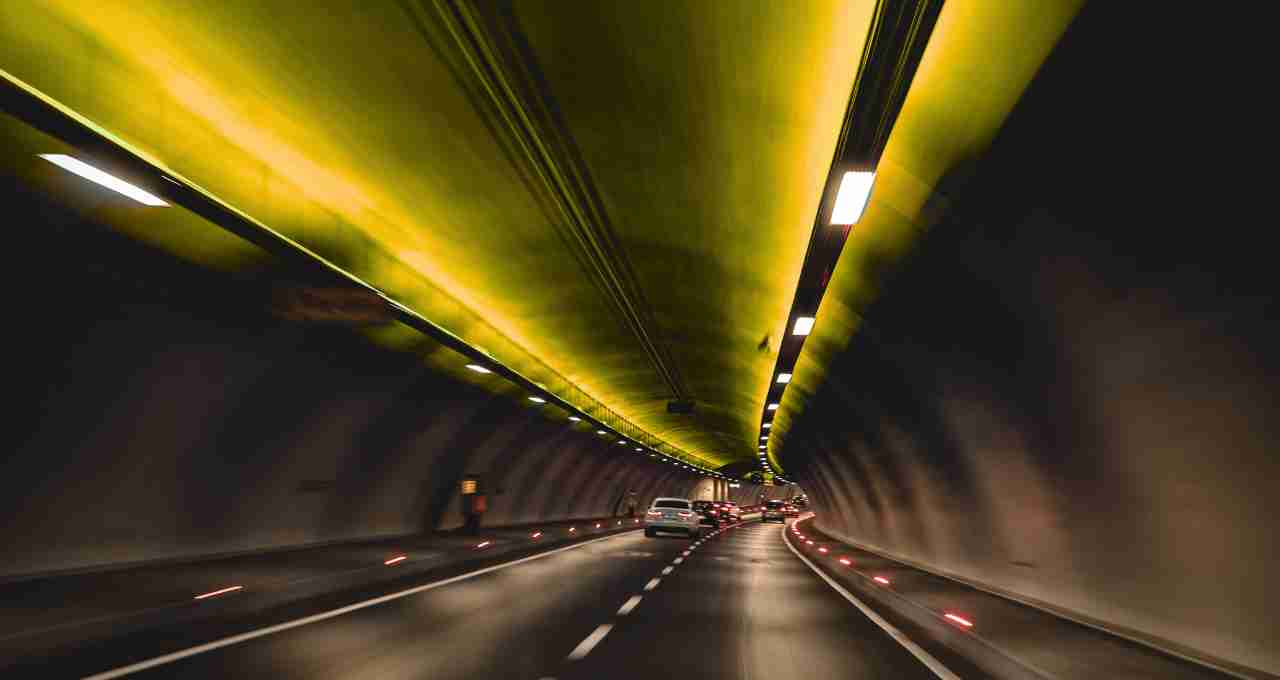
Besides passengers, transporters and cab drivers also benefit significantly. Previously, cab drivers relied on NH-48, often congested, to reach the airport. Now, they can use the Dwarka Expressway to transport passengers to the airport quickly and without traffic delays, saving time, fuel, and maintenance costs.
Boost to Economic Activities
The tunnels will not only improve travel but also accelerate economic activities in Delhi-NCR. Improved road connectivity will positively impact logistics, tourism, the hospitality industry, and e-commerce. Freight vehicles associated with air cargo will find it easier to reach the airport on time.
Robust Security Measures
Tunnel security is paramount. Emergency exits are provided every 100 meters in each tunnel. Modern, technologically advanced equipment is installed for ventilation and fire safety. A special control room monitors traffic for immediate response in case of vehicle breakdowns or accidents.
Public Response
On the very first day, considerable enthusiasm was observed among passengers and cab drivers. One cab driver reported that the journey to the airport, previously taking one and a half to two hours, now takes only 35-40 minutes. Many lauded this initiative on social media, hailing it as a landmark step towards resolving Delhi's traffic woes.
Future Plans
The objective of constructing these tunnels extends beyond airport connectivity; it aims to integrate the entire NCR region into a seamless and decongested traffic network. The government plans to integrate this expressway with metro corridors and the Bus Rapid Transit System (BRTS) in the future to make it accessible and convenient for all.
